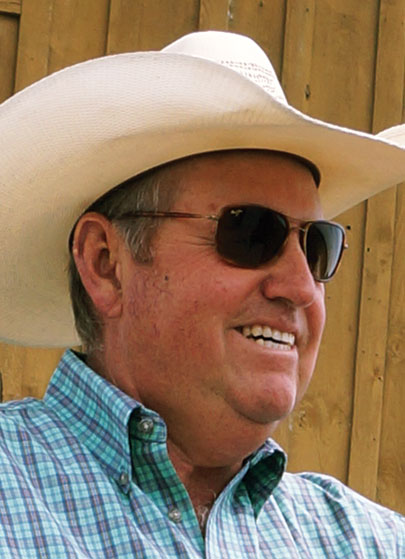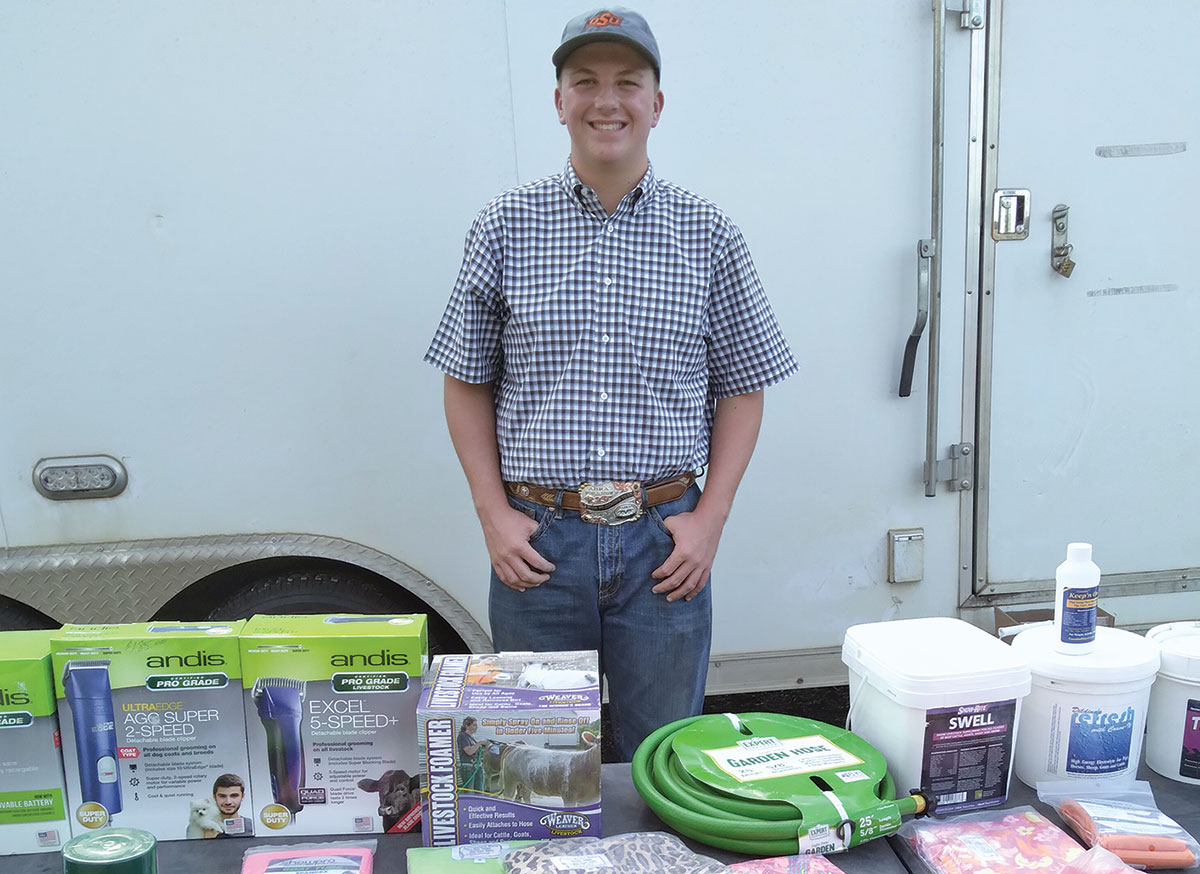
There is a cultural distance when it comes to agricultural producers and consumers. More than ever consumers want to know what they are eating; meanwhile, most are still disconnected without concern and/or buy without a choice. Connecting consumers to beef stock production is taking on a marketing profession all on its own. It is not as simple as welcoming consumers to the ranch or farm to see for themselves; it is taking the lifestyle to others through education. It also means showing others near and far how to manage their agricultural choice, especially with the large amounts of livestock and produce imports entering the U.S.
Mike Armitage, of A-Bar Ranch in Claremore, Okla., has been in the agribusiness of replacement female marketing (both open and bred) of higher quality bovine, cow/calf operation and production of high performance horses. He and his wife, Martha, are well-known for linking the past with the present way of doing things. After he graduated from Oklahoma State University, he managed the property he eventually purchased in 1988. He has five cowboys that are crucial to day-to-day operations, two of which are his sons, Merrit and Turner. “Merrit is married and lives/operates a ranch in Pryor, Okla., and Turner will be a senior at Oklahoma State University (OSU) and is an Animal Science major. He is also an excellent photographer. When he was younger, I offered him money for every good shot he took. You could say he found a way to make some money and he just got better at it,” said Mike.
Mike raises Black Angus because of the demand. “The females are the highest in demand; this breed has had great marketing in almost every aspect. Not only in the stores but also in the fast food industry mainly because they advertize the breed.”
He maintains a cow crop base of around 1,500 cow/calf pairs. He sells his steer calves at weaning time in the fall and retains the heifers for breeding, resale and retention. “We add around 250 a year to our cow herd base. We have enough grassland owned and leased to maintain up to 5,000 females; we have had that capacity for about 10 years. Currently, we have 3,000 to 3,500 stock and sold a 1,000 at our annual sale in May. The amount we have varies day-to-day depending on the sale. “ He uses the traditional selection process and believes if a cow misses calving in today’s beef production cycle, it’s the largest loss sustained as a producer. The cost is the same whether a cow is used for calving or not. He insisted that time not be wasted on a non-producer. Fertility is the single most important economical trait according to Mike.
They also have an annual horse sale in June. He said, “We do everything on horseback. We can walk cattle to the corral or sort into respective groups with the greatest of ease. It removes a lot of stress from handling them. Cows are simple-minded. You have to do things simple and slow. I grew up on horseback ever since I was big enough to ride. I did not inherit what I have but I did inherit the way of life I have. When it comes to cow management, we live in a generation of trucks and four-wheelers. Here, we do it the traditional way… on horseback. The old traditional way is the only correct way.”
Mike is the Vice-President of the Oklahoma Cattlemen’s Association and has a long history in marketing livestock. “It is important to have an active voice at the state and national level. This vehicle is the strongest representation we have as cattle producers. I find it extremely important to protect our way of life. The safety and security of our food supply is under fire. That is why I took an active role. There is no food in the world where it is more regulated and safer than what we have here in the U.S. Ninety-eight percent of beef is produced from a family farm or ranch,” stated Mike.
To bring a bit of history onto their ranch, Mike and Martha stumbled upon a chuck wagon in Oklahoma City, Okla., that put them on a trail to find one just like it… and they did. Chuck wagons long mark a part of history that has been branded for commercials or the canvas is currently used as a marketing tool. The word “chuck” was used to represent lower priced goods until that changed in the 18th century to represent good food. Continuing with traditional ways, Martha sets the stage using the chuck wagon as the setting for her home cooked meals.
Last year, the U.S. Meat Federation invited the Korean Media (non-agriculture related writers) to their ranch. “We entertained them and fed them some nice steaks and beans straight off the ground with the Dutch ovens,” said Martha. Mike concluded, “The purpose was for the Korean media to educate their consumers about meat exported from the U.S. to enhance the trade. It is our job as producers to educate consumers.”







